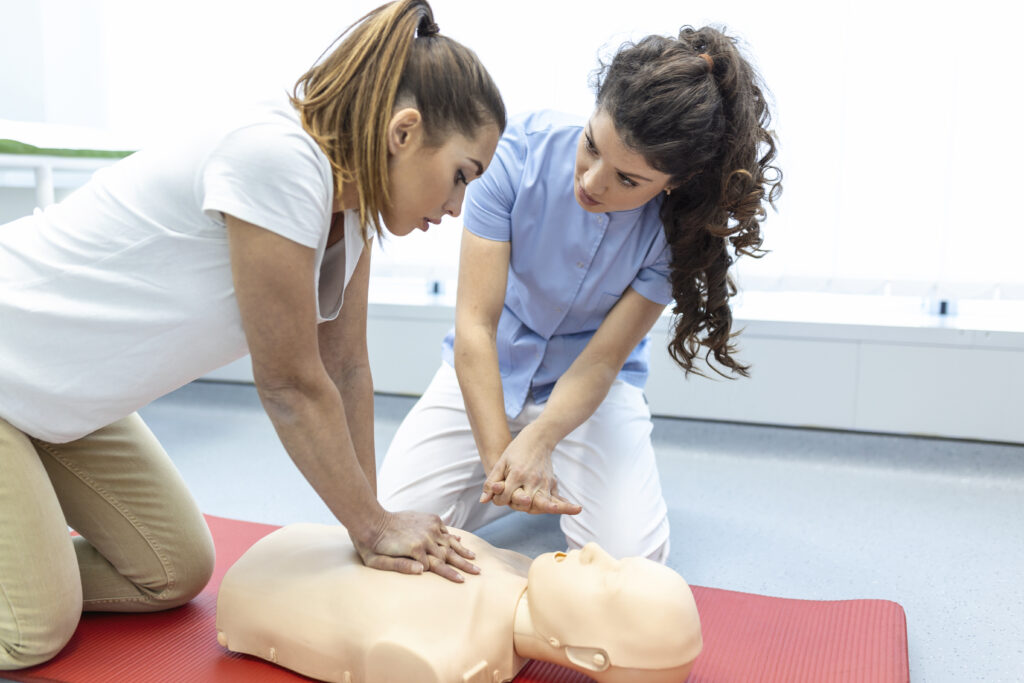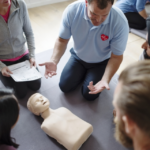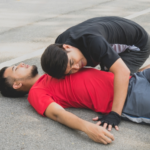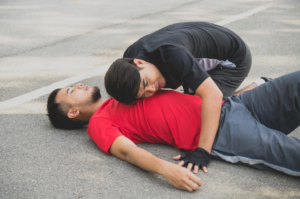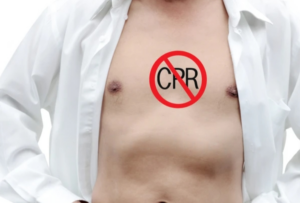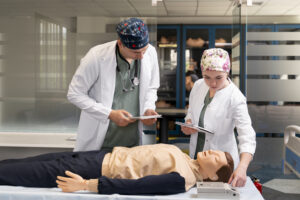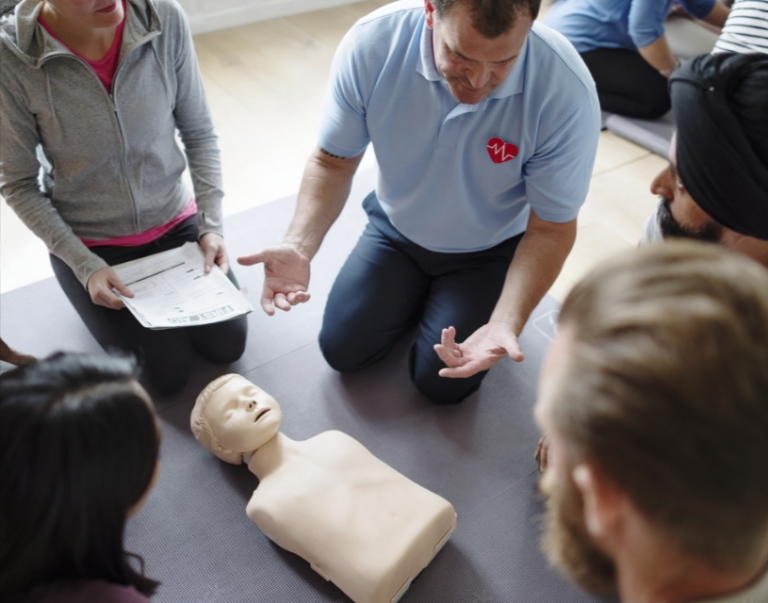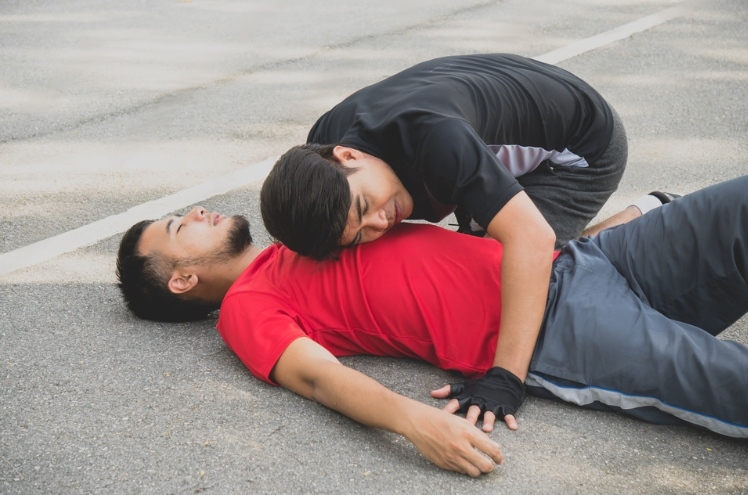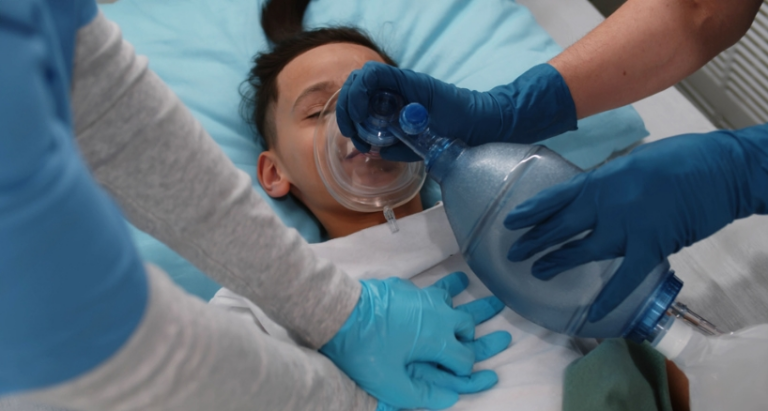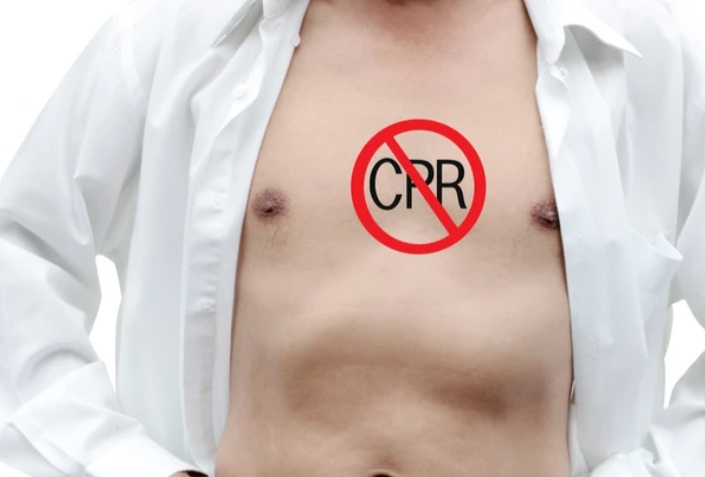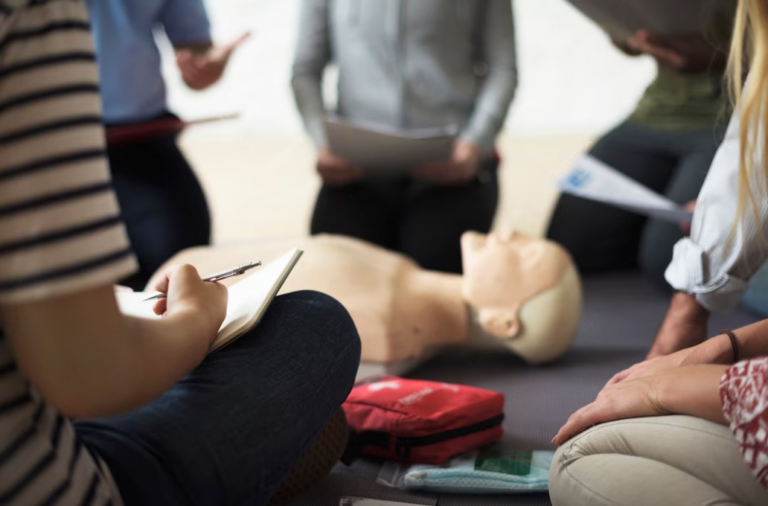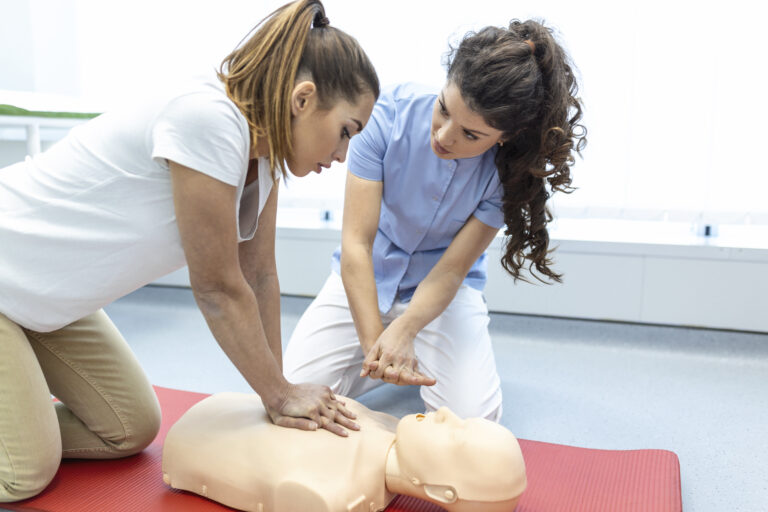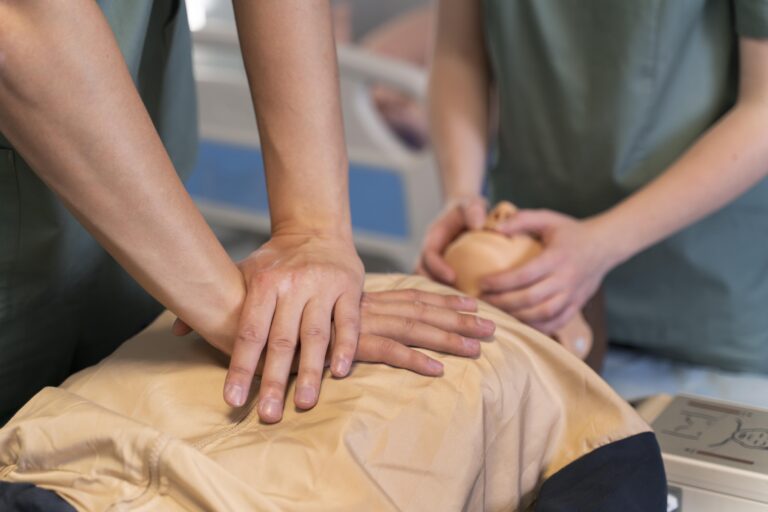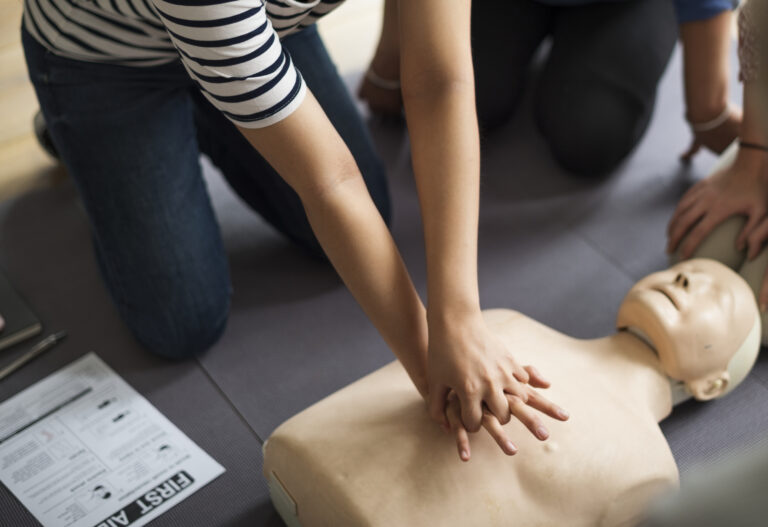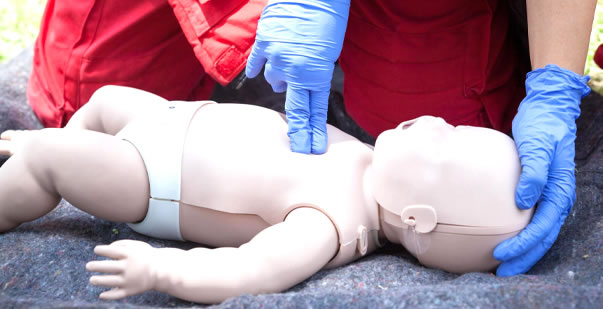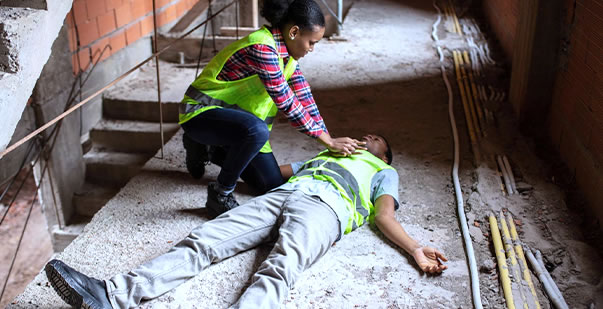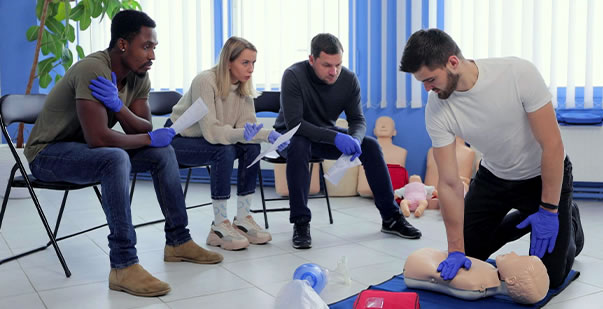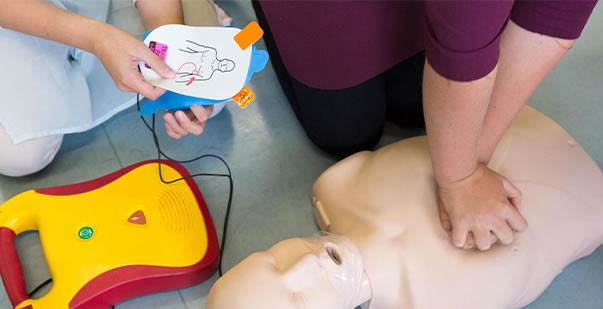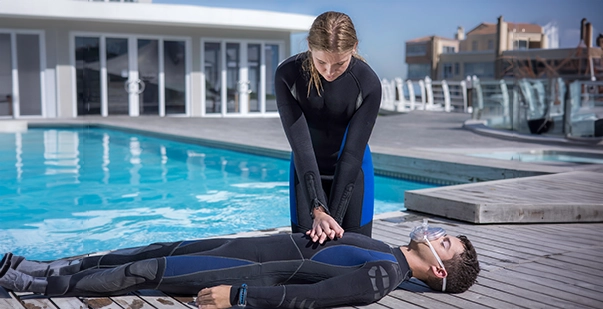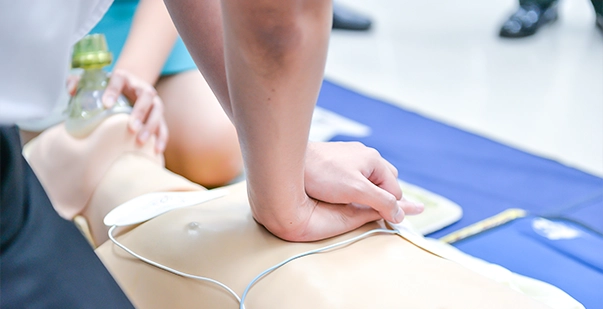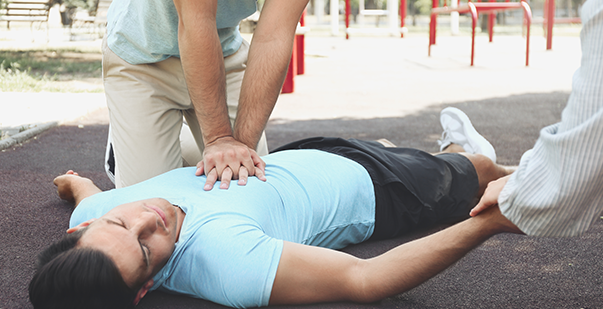Table Of Content(s)
Why Rapid Response is Necessary: The Immediate Action of CPR in Emergencies
Why Seconds Matter: Importance of Early Intervention
What is the Impact of CPR Training on Communities?
Other Situations Where CPR is Vital: Beyond Cardiac Arrest:
CPR Training: Access and Availability for Everyone
CPR in Schools: Educating the Next Generation of Lifesavers
- Legal Considerations: Good Samaritan Laws and CPR
- The Future of CPR: Advancements and Innovations in Life-Saving Techniques
CPR, stands for Cardiopulmonary Resuscitation, is a vital emergency procedure that can save lives during cardiac arrest or other life-threatening situations. It involves a combination of chest compressions and rescue breaths to maintain blood flow and oxygenation to vital organs when the heart has stopped beating.
During CPR, the rescuer delivers rhythmic compressions to the chest to manually pump blood through the body, while also providing breaths to deliver oxygen to the lungs. This helps to sustain vital organ function until advanced medical help arrives.
The technique of CPR is relatively simple, but its impact is profound. By promptly initiating CPR, bystanders and trained responders can significantly increase the chances of survival for individuals experiencing cardiac arrest. Every minute without CPR decreases the likelihood of survival by 7-10%, underscoring the critical importance of immediate intervention.
Ultimately, CPR serves as a crucial link in the chain of survival, providing essential care until advanced medical treatment can be administered. Understanding CPR and knowing how to perform it effectively can empower individuals to take action in emergencies and potentially save lives.
Why Rapid Response is Necessary: The Immediate Action of CPR in Emergencies
In emergencies, the immediate initiation of CPR is crucial, as it can significantly impact the outcome for the victim. CPR buys precious time by maintaining blood circulation and oxygenation until professional medical help arrives.
Statistics underscore the importance of rapid response: nearly 90% of people who experience out-of-hospital cardiac arrests die, but CPR, especially when started immediately, can double or triple a person’s chance of survival. For every minute that CPR is delayed, the survival rate decreases by about 10%.
Therefore, bystanders need to act quickly when someone collapses and is unresponsive. Calling emergency services and starting CPR immediately can make a life-saving difference. CPR not only sustains vital functions but also increases the likelihood of a positive outcome when professional medical care is provided. It serves as the critical bridge between the onset of a medical emergency and the arrival of advanced medical assistance.
Why Seconds Matter: Importance of Early Intervention
The “Chain of Survival” outlines the critical steps to improve the chances of survival in cardiac arrest cases. Early CPR is the first link in this chain and significantly influences survival rates. Administering CPR within the first few minutes of a cardiac arrest can prevent brain damage and organ failure, as it maintains blood circulation and oxygenation to vital organs. For every minute CPR is delayed, the likelihood of survival decreases, highlighting the urgency of immediate intervention. Early CPR buys time until advanced medical help arrives, increasing the chances of a positive outcome for the victim.
- Timely Intervention: Stressing the importance of CPR within minutes of cardiac arrest.
- Brain and Organ Protection: Explaining how CPR maintains vital functions.
- Decreased Delay, Increased Survival: Every minute counts in CPR administration.
- Bridging to Advanced Care: CPR buys time until professional help arrives.
- Urgency of Action: Emphasizing the critical need for immediate intervention
What is the Impact of CPR Training on Communities?
CPR training for laypersons is a vital component of community health. With the right skills, bystanders become essential links in the “Chain of Survival,” significantly impacting survival rates in cardiac emergencies. When trained individuals step in to provide CPR before medical help arrives, the chances of survival double or even triple.
- Bystander CPR training empowers individuals to take immediate action in cardiac emergencies.
- Communities with widespread CPR education initiatives witness higher rates of survival from cardiac arrest.
- Trained bystanders serve as crucial links in the “Chain of Survival,” significantly impacting outcomes.
- Investing in CPR training for the public ensures readiness to act swiftly and confidently during emergencies.
- CPR education initiatives contribute to building resilient and safer communities.
Bystander CPR is crucial in bridging the gap between a cardiac event and professional medical care. Communities with widespread CPR education initiatives witness higher rates of bystander intervention, leading to improved outcomes for cardiac arrest victims. Therefore, investing in CPR training for the public ensures that more individuals are equipped to act swiftly and confidently during emergencies, ultimately saving lives.
Other Situations Where CPR is Vital: Beyond Cardiac Arrest
While CPR is commonly associated with cardiac arrest, its applicability extends to various medical emergencies, including drowning, choking, and drug overdose cases. In these situations, immediate CPR can be life-saving, making it crucial for individuals to possess CPR skills beyond traditional cardiac arrest scenarios.
- Drowning Incidents: Drowning victims often experience respiratory failure due to water entering the lungs, leading to oxygen deprivation. CPR helps restore oxygen circulation to vital organs, increasing the chances of survival until professional medical help arrives.
- Choking Emergencies: Choking occurs when the airway is blocked by a foreign object, preventing airflow to the lungs. CPR techniques such as chest compressions and abdominal thrusts (Heimlich maneuver) can dislodge the obstruction, allowing the victim to breathe again.
- Drug Overdose Cases: In drug overdose situations, individuals may experience respiratory depression or cessation, leading to oxygen deprivation and potential cardiac arrest. CPR aids in maintaining oxygen flow to the brain and vital organs until medical assistance arrives.
Importance of CPR Skills:
Having CPR skills empowers individuals to respond effectively to medical emergencies beyond cardiac arrest, increasing the likelihood of positive outcomes for victims. Immediate intervention with CPR can buy valuable time until professional medical help arrives, significantly improving the chances of survival and reducing the risk of long-term complications.
CPR’s versatility lies in its ability to address various medical emergencies where oxygenation and circulation are compromised. By understanding and practicing CPR techniques, individuals become equipped to intervene confidently in critical situations, potentially saving lives in diverse emergency scenarios.
CPR training and certification are essential for:
- Equipping individuals with lifesaving skills.
- Increasing confidence in responding to emergencies.
- Meeting established standards for proficiency.
- Instilling a sense of responsibility to act in crises.
- Contributing to community-wide safety initiatives.
CPR Training: Access and Availability for Everyone
CPR training is vital for equipping individuals with life-saving skills. But how accessible are these programs to the general public? Here are the options available for obtaining CPR certification and refreshers.
- Comprehensive Training Programs:
- Overview of CPR training courses covering chest compressions, rescue breaths, and AED usage.
- Importance of recognizing emergency situations and responding effectively.
- Ensuring Accessibility:
- Highlighting the significance of making CPR training accessible to everyone.
- How widespread access promotes community preparedness and resilience.
- Options for Training:
- Traditional Classroom Courses: Hands-on instruction led by certified instructors.
- Online CPR Courses: Flexible and convenient learning from any location.
- Community Workshops: Offered by organizations like community centers and healthcare facilities.
Accessible CPR training empowers individuals to become confident first responders. Whether through traditional classes or online courses, making training widely available enhances community readiness for emergencies, ultimately saving more lives.
CPR in Schools: Educating the Next Generation of Lifesavers
Advocating for CPR education in school curriculums is crucial for preparing the next generation of lifesavers. By integrating CPR training into educational programs, students gain essential life-saving skills early on. Teaching CPR in schools not only equips students with the knowledge to respond confidently during emergencies but also instills a sense of responsibility and community engagement.
Legal Considerations: Good Samaritan Laws and CPR
Understanding Good Samaritan laws is essential for individuals trained in CPR. These laws provide legal protections to bystanders who offer assistance during emergencies, including administering CPR. By clarifying legal obligations and limitations, Good Samaritan laws encourage bystander intervention without fear of legal repercussions. CPR providers need to be aware of these laws to act swiftly and confidently in life-threatening situations.
The Future of CPR: Advancements and Innovations in Life-Saving Techniques
- Hands-Only CPR:
- Introduction to hands-only CPR as a simplified yet effective technique for bystander response.
- Benefits of hands-only CPR in increasing bystander confidence and willingness to intervene during emergencies.
- CPR Apps and Technology:
- Overview of CPR apps and wearable devices designed to guide users through CPR procedures.
- Role of technology in enhancing CPR training accessibility and providing real-time feedback for rescuers.
- Automated External Defibrillators (AEDs):
- Exciting developments in AED technology, including portable and user-friendly designs.
- Importance of widespread AED accessibility in public spaces for rapid response to sudden cardiac arrest.
- Future Trends in CPR:
- Exploration of potential advancements in CPR training methods, such as virtual reality simulations and gamification.
- Predictions for the integration of artificial intelligence and machine learning in CPR execution and decision-making.
Conclusion
CPR remains an indispensable skill capable of saving lives in critical moments. Through ongoing education, training, and community awareness, we empower individuals to respond effectively during emergencies. Let us commit to cultivating a society where CPR knowledge is widespread, ensuring that everyone has the opportunity to become a potential lifesaver.
Frequently Asked Questions
CPR (Cardiopulmonary Resuscitation) is crucial in saving lives because it helps maintain blood circulation and oxygenation to vital organs, particularly the brain, during cardiac arrest. Without CPR, the chances of survival decrease significantly as the brain begins to suffer irreversible damage within minutes without oxygen.
CPR provides essential life support by manually pumping blood to vital organs and circulating oxygen throughout the body when the heart has stopped beating. By performing CPR promptly and effectively, bystanders can sustain the patient until professional medical help arrives, significantly increasing the chances of survival and minimizing long-term complications.
Yes, anyone can learn and perform CPR with proper training and certification. CPR training courses teach individuals how to recognize cardiac arrest, administer chest compressions, and provide rescue breaths effectively. By empowering more people with CPR skills, communities can create a network of potential lifesavers ready to respond in emergencies.

